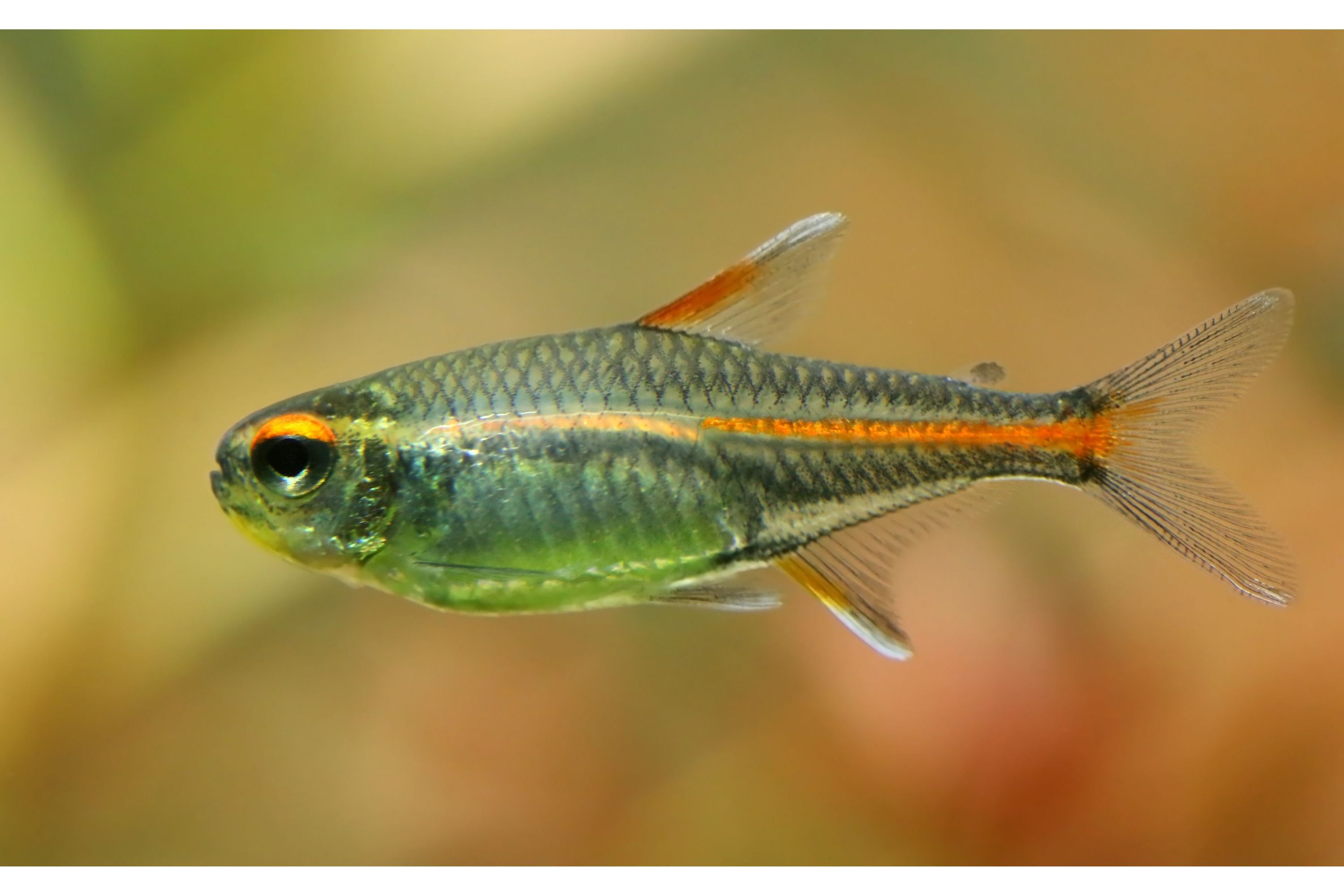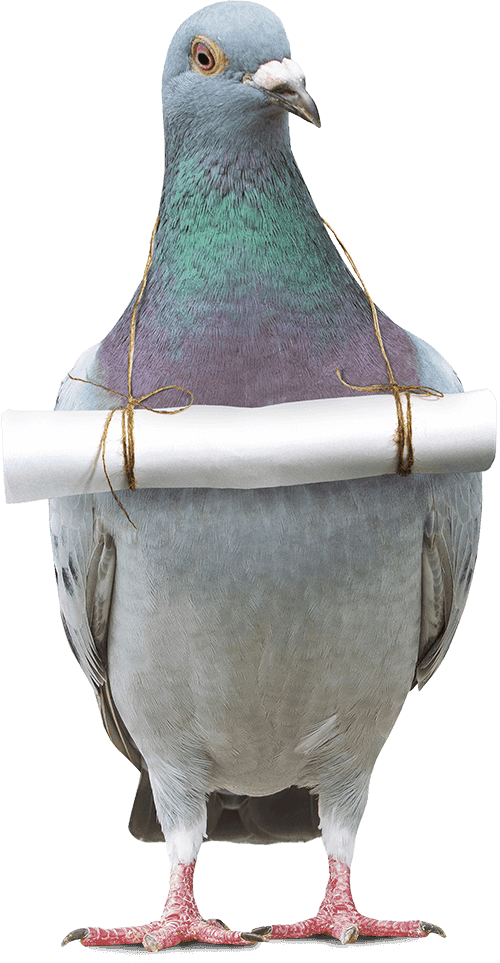Glowlight tetra
(Hemigrammus erythrozonus)

Description
Hemigrammus erythrozonus, commonly known as the glowlight tetra, is a small tropical fish from the Essequibo River, Guyana, South America. It is silver in colour and a bright iridescent orange to red stripe extends from the snout to the base of its tail, the front of the dorsal fin being the same color as the stripe. Other fins are silver to transparent. The glowlight tetra is a peaceful, shoaling fish. It is larger than the neon tetra, and its peaceful disposition makes it an ideal, and popular, community tank fish. It should be kept with similar sized, non-aggressive species. Hemigrammus gracilis is a senior synonym. The red-line rasbora (Rasbora pauciperforata) of Malaysia and Indonesia has markings and coloring very similar to H. erythrozonus, but is a member of family Cyprinidae, not a close relative. H. erythrozonus is a medium-sized tetra growing to 4 to 5 cm (1.6 to 2.0 in), notably larger than both neon and cardinal tetras. It has a life span of two to four years when kept in good conditions. In the wild, the fish eats aquatic insect larvae. H. erythrozonus breeds similarly to most egg-scattering small fish. It been bred in captivity with a moderate level of difficulty. Breeding tank set-up: A small 40l all-glass tank with soft water (hardness up to 8°dGH and carbonate hardness not higher than 2°dCH). Water temperature should be kept between 26 and 28 °C (79 and 82 °F). Adding peat to the tank or filter will soften water and make it slightly acidic. The tank should have dim or no lighting. Spawning is over fine-leaved plants. Java moss (Taxiphyllum barbieri) or Fontinalis are suggested but not mandatory, or a spawning mop made of woolen thread. Other commonly used plants include water wisteria and hornworts, as well as fox/coons tail. 1 cm glass beads or a spawning grate will help at the bottom to protect eggs from being eaten by adults, though they will have to spawn through the plants first, as the fine leaves act as a trigger. If spawned without fine leaved plants, the majority of eggs will result unfertilized.
Taxonomic tree:







